The Article
ECLIPSE PLATTER MAT FROM HEXMAT
12th November 2021
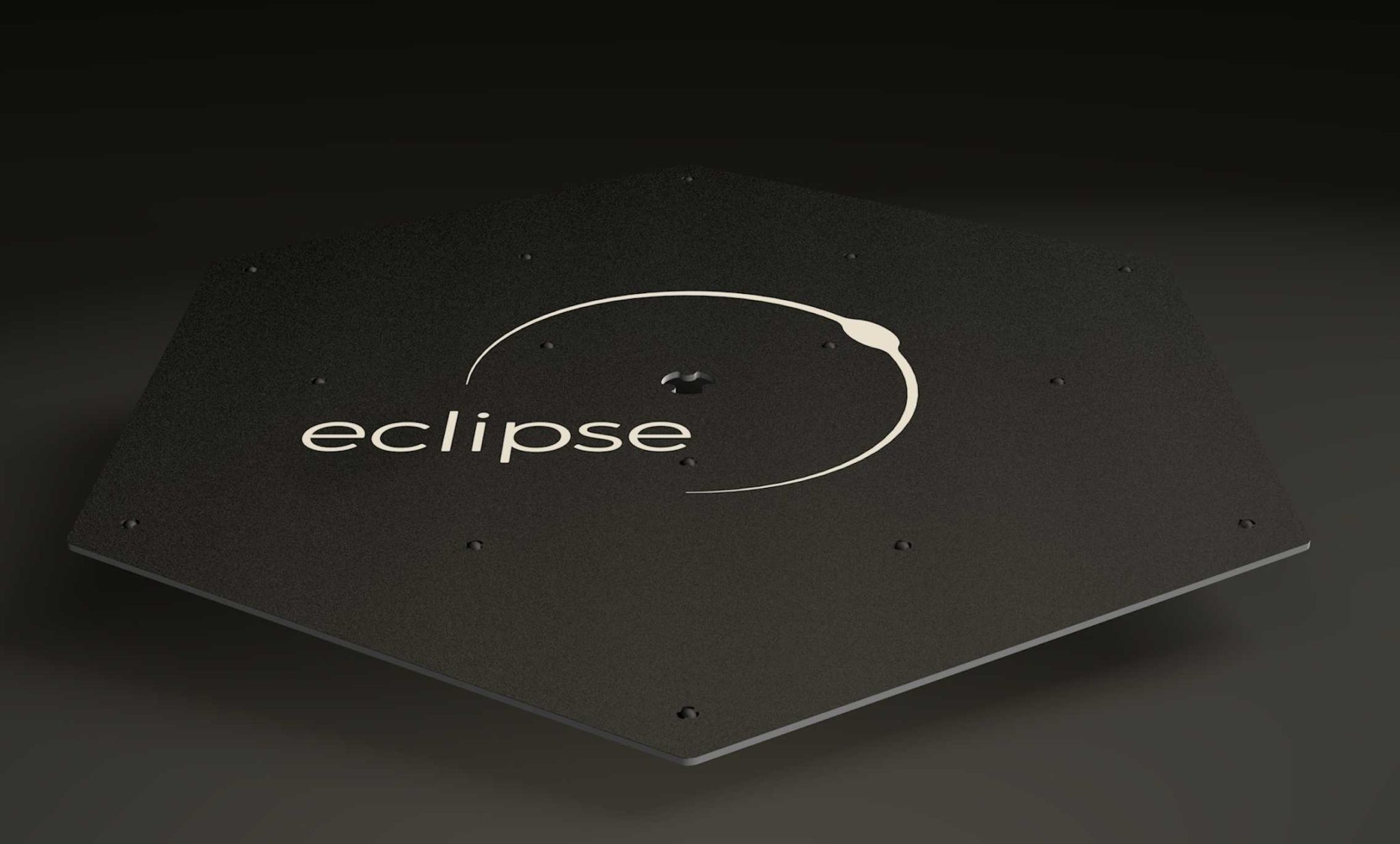
It’s not that long ago that Hexmat released it’s Yellow Bird mat but now the company is looking to go one better. Paul Rigby reviews the Eclipse
I reviewed the Hexmat Yellow Bird platter mat a wee while ago. In fact click HERE to see that very review. This was the first time I and I suspect many other people had heard of Hexmat and its unusually-designed platter mat. What looked like a novelty certainly was anything but, in play. The sonic enhancements that the Yellow Bird brought to the overall turntable performance was significant. In fact, the Yellow Bird quickly became my high-end reference mat and it’s lived on my Origin Live Sovereign since that time.
It’s status as an all conquering design is under threat however and from Hexmat itself with the company’s own Eclipse.
So what is the Eclipse and how does it presume to improve on the Yellow Bird?
Designed once more by Hexmat’s own Zsolt Fajt, from Budapest, Hungary, instead of going the massy route, damping and increasing weight in and around the platter, Hexmat has moved to isolate the record from vibrations around the platter. Because of its design, Hexmat’s products are decoupled. You have, in effect, a floating record during play. Floating because the amount of contact amounts to around one to two square millimetres across the entire record’s surface. The same can be said between the platter and the mat.
Hence harmonic distortion is relatively low because the record itself is allowed to utilise its inherent damping properties.
This design principle was utilised for the Yellow Bird and the results were tremendous. The Yellow Bird was the best platter mat I had ever used.
ECLIPSE DIFFERENCES
How does the Eclipse differ? Firstly, it further reduces the amount of contact between the record disc and the mat and the mat and the platter surface.
The disc also feels more substantial and slightly thicker at 3mm instead of the Yellow Bird’s 2mm but the little nodules that do the isolating are more pronounced on the Yellow Bird so the two mats are almost exactly the same in terms of the required VTA. Maybe the Eclipse demands half a millimetre more? It’s touch and go, though.
The Eclipse design is based upon a bespoke, extruded polymer to enhance damping. The shape itself is cut by a laser. Another bespoke tool adds each individual isolating sphere. Even single mat is hand-checked before shipping.
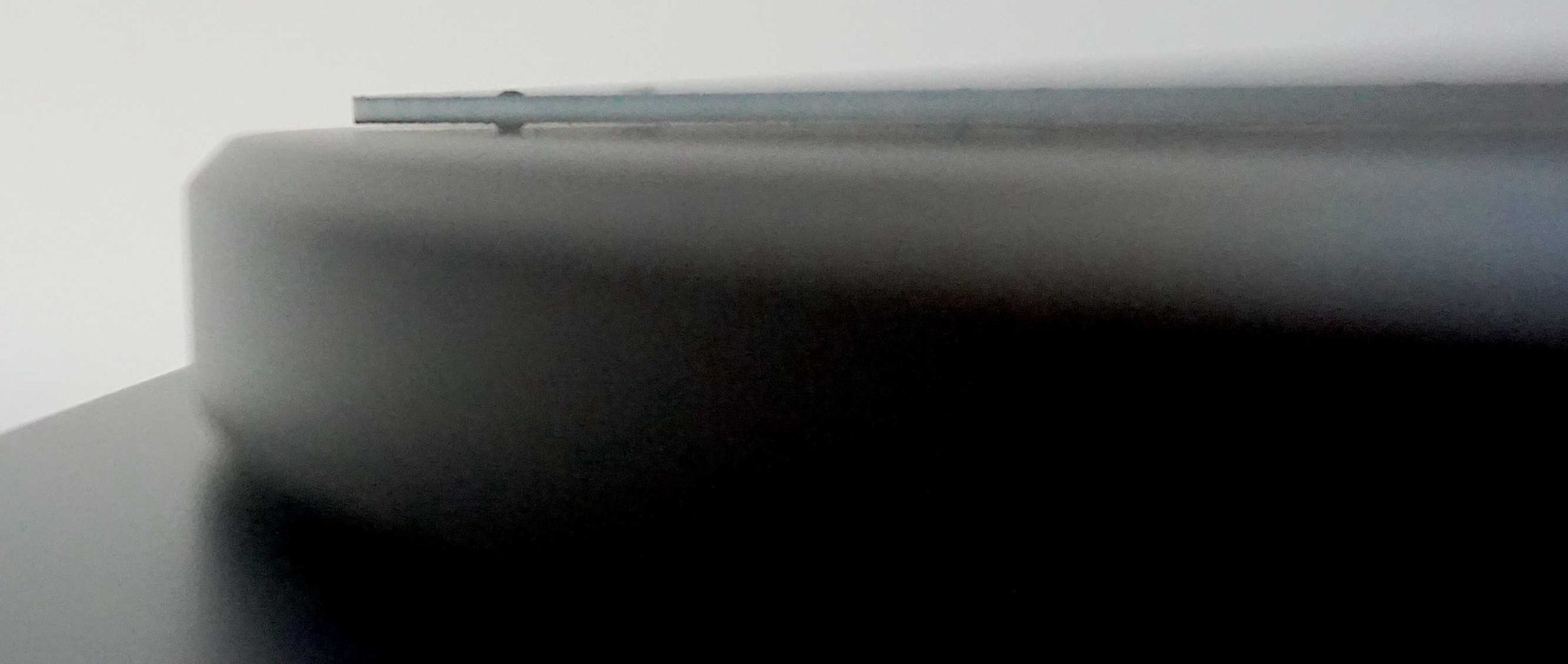
Because of the thickness of the mat, I’d recommend only using the Eclipse with turntables offering variable VTA because you really need to make sure your tonearm is level during play to avoid distortion. If you don’t, listing the tonearm up my a couple of extra millimetres will be enough to throw the arm and the stylus tip out of kilter reducing in possibly edgy or bright playback.
Saying that, most higher-end turntables offer variable VTA and, when you look at the price of the Eclipse, that is going to be the end market anyway. If your turntable does not have variable VTA then I’d recommend looking at felt, cork and cork/rubber combos if cash is tight (i.e. £10-£20) or the Origin Live mat if you have more to spend (i.e. £43)
The Eclipse design is fine for all vinyl discs including 7”, 10” and the standard 12” while the Eclipse offers low static capabilities and anti-magnetic properties. You can, if you wish, use the Eclipse with a clamp or stabiliser. I used mine with an Origin Live Gravity.
So how does the Eclipse actually sound and how does it compare to the competition?
SOUND QUALITY
For the sound tests, I grabbed a copy of Ella Fitzgerald and an album of spiritual music on Capitol and the LP, Brighten the Corner, playing the track, I Shall Not be Moved. This one features a close-harmony backing group, percussion, upright bass, cymbal taps and piano. A goodly election of frequency challenges for our mats here.
And as an aside, be assured that my reference tonearm was adjusted for each and every mat tested here. I used a very simple but devastatingly effective gauge from Soundeck which I will talk more about in a separate piece of editorial. So watch out for that.
So how does the Hexmat compare to its competition?
vs THE REST
As we’re talking high end in platter mat terms, I don’t want to dwell on the budget fare here. Suffice to say, after quick tests, the Hexmat was superior to felt (£12), leather (£20) and cork (£18) mats across the entire frequency spectrum. I especially liked the felt and cork mats in their price points and recommend both for users on a low budget – the leather example did suffer from midrange roll off resulting in a slight warming in the upper midrange area so I would avoid that one if you’re after balanced output.
I really wanted to spend time on the higher end competitors to give the Hexmat a stiffer test. And that’s literally the case for most of these mats because, apart from the Origin Live example which I’ll get to in a moment, the rest were stiff, rigid designs. Which I find intriguing on its own.
On that basis, I dragged in a selection of my favourite, competing mats to throw up against the Eclipse in this review. I’ve collated this bunch of mat designs over the years and I highly recommend each and every one. In its own price point, each of the mats in this test worked very well indeed so, by all means, if you are in the market for a platter mat, use the mats listed here as a general buyer’s guide. In terms of price, assume the more expensive models are superior because, noting my past tests, that’s how this particular batch of mats seem to land. The performance at least with these platter mats, in general terms, follows price. For this Eclipse test, I began by comparing it directly with Origin Live’s (OL) platter mat.
vs ORIGIN LIVE
With the OL mat, I did note that the Fitzgerald vocal could sound a little spiky, a little clinical. This was not a problem with the OL mat. On the contrary, this issue was also present with the lower cost mats. In fact, the OL mat did a great job minimising the vocal effect. Nevertheless, some of it remained, the effect was still there. The vocal wasn’t exactly bright but, when crescendos hit, this lead vocal was a tad edgy in its presentation.
Swopping for the Eclipse, that entire issue was gone. Completely. Fitzgerald relaxed into the mix for the first time so that you could hear some space around the delivery. The lady herself resumed her trademark softly-delivered, smooth presentation which meant the the song sounded at ease.
In terms of instrumentation, both the upright bass and the piano, facing each other on the right and left channels, sounded much larger. The physical size of both appeared to grow. They sounded heavier, more substantial with the upright bass retaining its character – there were plenty of string-bending sonic effects here – but the massy nature of the bass was better represented now.
Similarly, the piano sounds emanated from a larger box now. It better dominated the left channel. Before, it sounded slightly reserved. Now it growled during bassy tones and appeared lighter and floatier during upper mid keyboard strikes.
I also noticed how much more focused the close harmony singers were now. Their own vocal work was now more nimble but also more accurate in its approach.
FUNK FIRM ACHROMAT
Let’s move onto the next two mats together because they retail for similar prices: The Funk Firm Achromat and the Soundeck PM Platter Mat.
Let’s start with the Achromat which did handle the edgy nature of the Fitzgerald presentation in a more confidant manner than the OL mat but didn’t have that super smooth performance of the Eclipse. There was a swathe of upper midrange control emanating from the Achromat and it performed wonderfully for the price but the Eclipse settled these upper midrange stormy waters more successfully. The Achromat still featured some elements of stress and tension in the lead vocal delivery which the Eclipse removed.
The same comments could be thrown at the backing close-harmony group. Their individual voices were recognisable and were well presented but not quite with the same level of focus or accuracy as the Eclipse.
In bass terms, the Achromat tracked both the piano and upright bass very well indeed while detail from both were well served. Again though, the Eclipse offered a superior rendition of the lower end, adding a superior tonal balance.
vs SOUNDECK PM
So what of the Soundeck PM platter mat, recently reviewed on this site? The Soundeck proved to be the flip side of the Achromat in that it performed well around the upper frequencies, offering good discipline and focus but excelled in the lower end giving control in the bass regions with added presence for both piano and upright bass while the Fitzgerald vocal and close harmonies were handled and controlled well with a good level of precision that exceeded the Achromat in these areas. The Soundeck didn’t sound as expansive as the Achromat in the upper midrange frequencies with treble not flying as high either.
In broad terms, the Achromat excelled in the upper midrange and treble areas, the Soundeck excelled in the lower frequency bass regions but the Eclipse did both well and even pushed further in both areas to top the best sonic outputs from both the Achromat and Soundeck.
Of course, let’s not forget the Eclipse is twice the price of the Achromat and the Soundeck so it’s a relief for the Hexmat that Eclipse did so well here. Even so, it was interesting to hear the performance hike from the Eclipse. It was interesting to hear just how accomplished and confidant it was right across the frequency spectrum.
vs YELLOW BIRD
Before this review, the best platter mat I had heard to date was the company’s own Yellow Bird. So then, what of the Yellow Bird. Was the extra asking price of the Eclipse worth it?
In sonic terms, the Yellow Bird took the best bits from the Achromat and the Soundeck’s performance and combined them into one compact mat. So you got the best of both worlds.
The Eclipse begins at the Yellow Bird point and moves on from there. I wouldn’t necessarily say that it adds bass or even upper midrange extension. The Yellow Bird does a great job already in this area. On a broad level – and this statement needs lots of explanation – the Eclipse lowers the noise floor.
As I say though, there’s lots to talk about under that simple statement.
To begin, Fitzgerald’s vocal finally fully relaxes into the song. Gone is the tension and the stress, as with the Yellow Bird but the amount of space surrounding her vocal is such that the frequencies around her are also now at ease. The Yellow Bird had a relaxed Fitzgerald in a pond of tension with her vocal a carefree centre. Now, the Eclipse expanded that low noise, low tension effect right across the central stereo image. This meant that the lead vocal offered more nuance and emotion.
As did the close harmony backing which now revealed more vocal tricks in the melange of vocal noise. The clarity was vastly increased so if a close harmony vocal member added a little twiddle in the vocal chords then the Eclipse picked it up which gave this area more complexity and a richness.
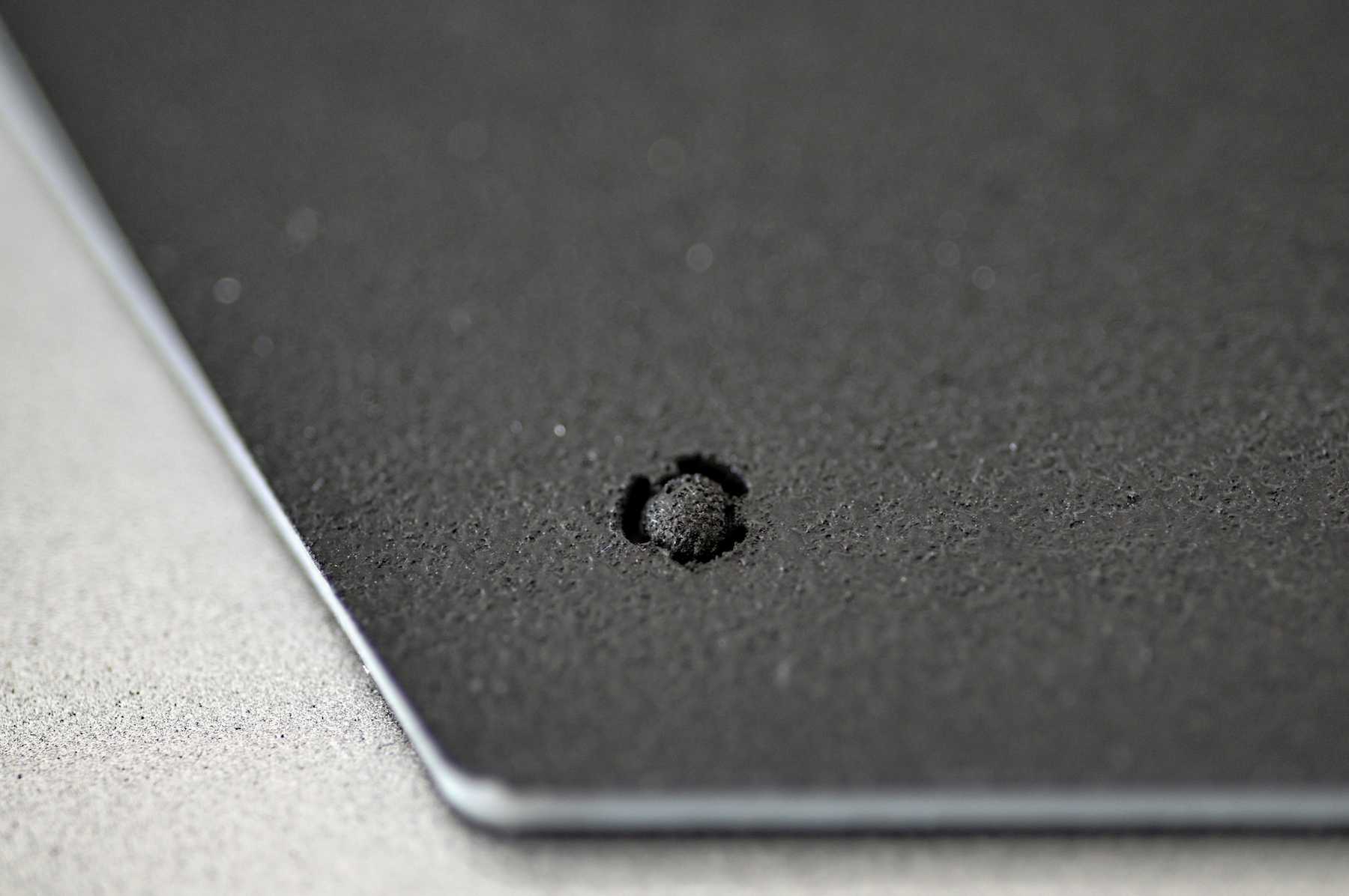
The soundstage as a whole also now sounded wider. I really don’t think it actually is wider. I think this is the effect of that lowering of the noise floor. With more noise drained from the soundstage the space and the expanse of the soundstage has just become more prominent than before. That is, there’s no stretching of the soundstage left and right, there’s just more transparency devoted to the soundstage that’s been there all of the time.
That sense of clarity and transparency was also applied to the upright bass and piano, giving them both a rich presentation. There seemed to be more going on within each instrument. The ear could pick up more sonic layering here.
It could also pick up more reverb effects from the treble-infused cymbal taps. Again, the Eclipse wasn’t offering more sound here. There wasn’t more midrange information here nor bigger or bolder bass. What the Eclipse was giving you was the same information, the same detail but just a vastly better quality suite of information and detail. Hi-res detail and information as opposed to the Yellow Bird’s Standard Definition quality.
CONCLUSION
If ever a hi-fi test proves the point that ‘everything matters’ in sound quality terms, at least to my ears, then this is it. The A-B tests here ran straight and true. Performance followed price right along the line. Saying that, I have to say that I had collated my favourite platter mat designs spanning several years of reviews all in one place so that was no real surprise. What did surprise me though was that the Hexmat Eclipse, a fascinating piece of hi-fi technology, could move the performance ceiling higher still.
The attention to detail towards the Eclipse both in research and design is to be highly commended. Hexmat have really got their teeth into the issues here and arrived with a product that impresses.
This is an incredible accessory. There is no doubt here, the Hexmat Eclipse is the best platter mat I’ve ever heard. It is ‘best in class’ in those terms.
I find it very easy indeed to say that, if you want your turntable to work at the very peak of its performance then I highly recommend that you look closely at the Hexmat Eclipse.
HEXMAT ECLIPSE PLATTER MAT
Price: €280/£236/$324
Website: www.hexmat.net
GOOD: low noise, soundstage clarity, organic bass, detailed mids
BAD: nothing
RATING: 9
[Don’t forget to check out my Patreon Page at www.patreon.com/audiophileman, for exclusive editorial!]
REFERENCE
Origin Live Sovereign turntable
Origin Live Enterprise 12″ arm
Van Den Hul Crimson XGW Stradivarius Cartridge
Icon PS3 phono amplifier
Aesthetix Calypso pre-amp
Icon Audio MB845 Mk.II Monoblock Amplifiers
Quad ESL-57 Speakers with One Thing mod
Blue Horizon Professional Rack System
Harmonic Resolution Systems Noise Reduction Components

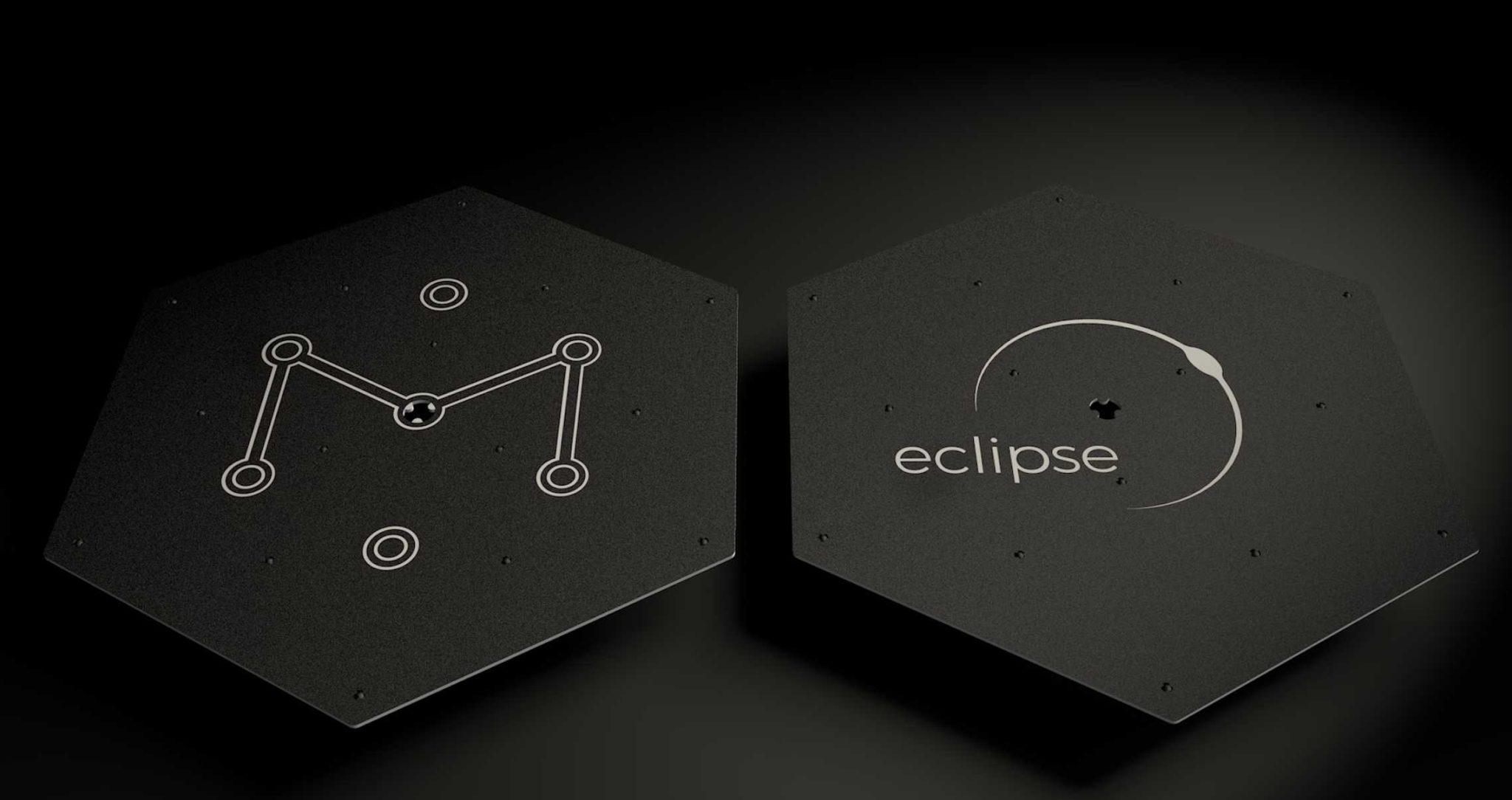
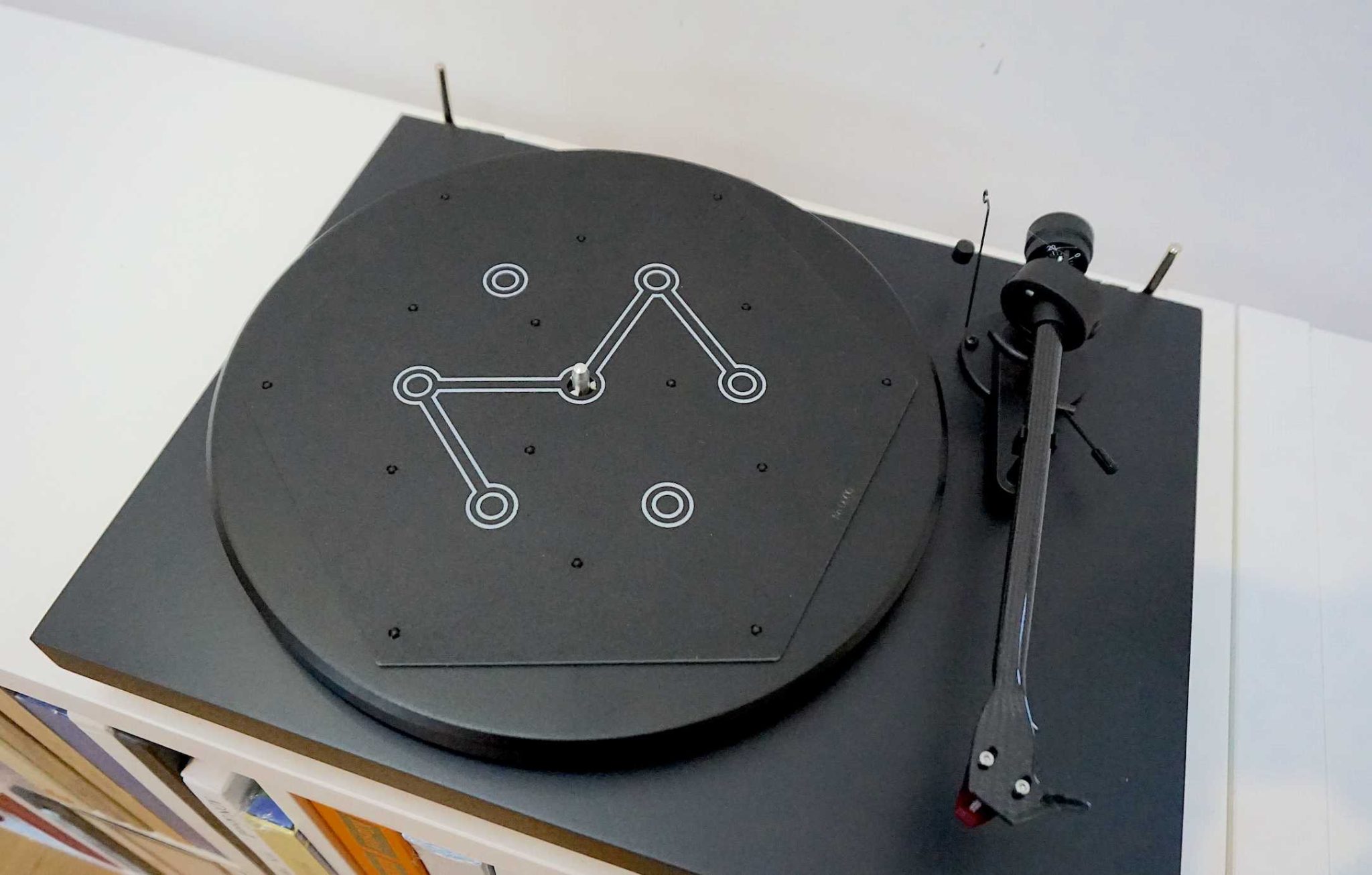
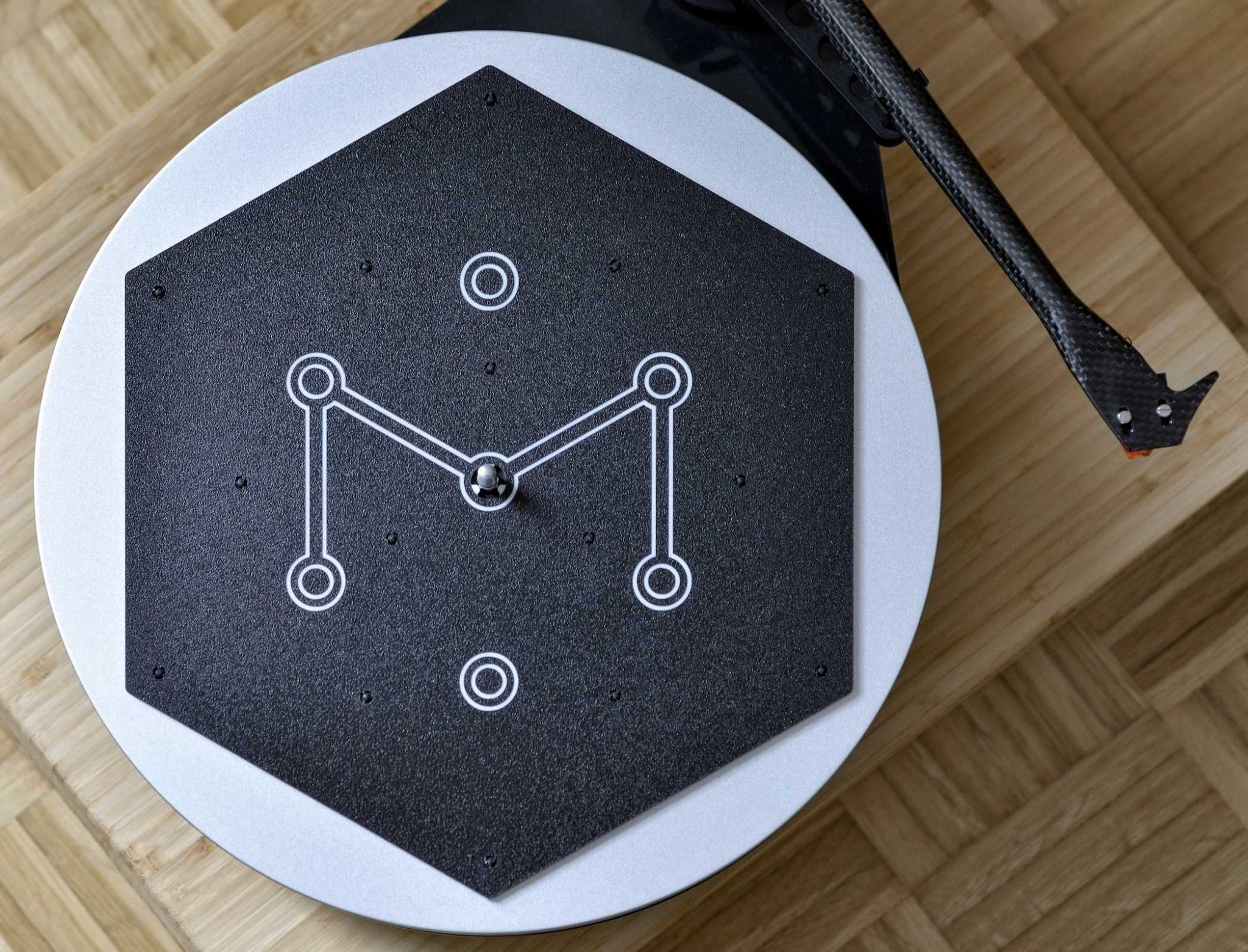
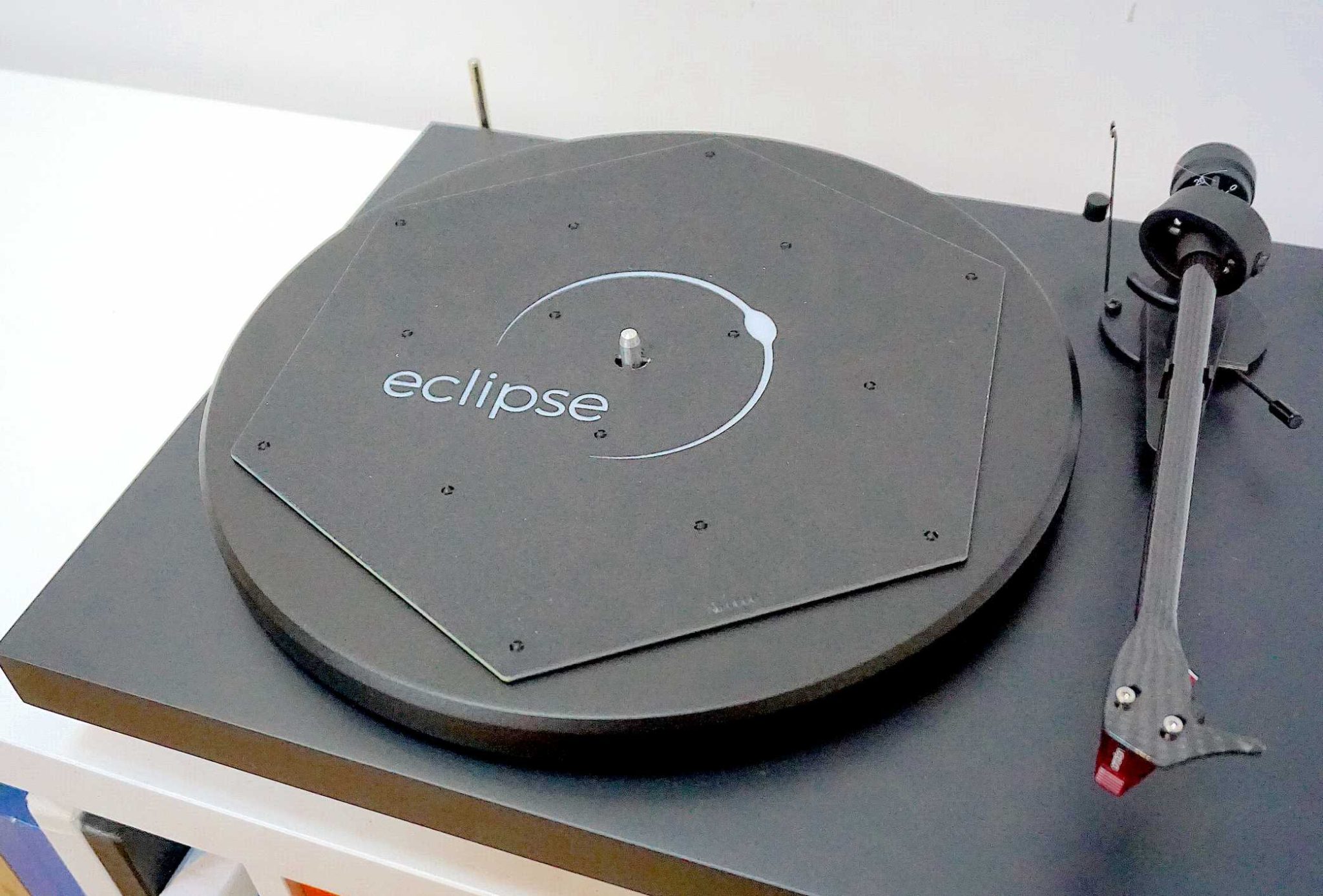
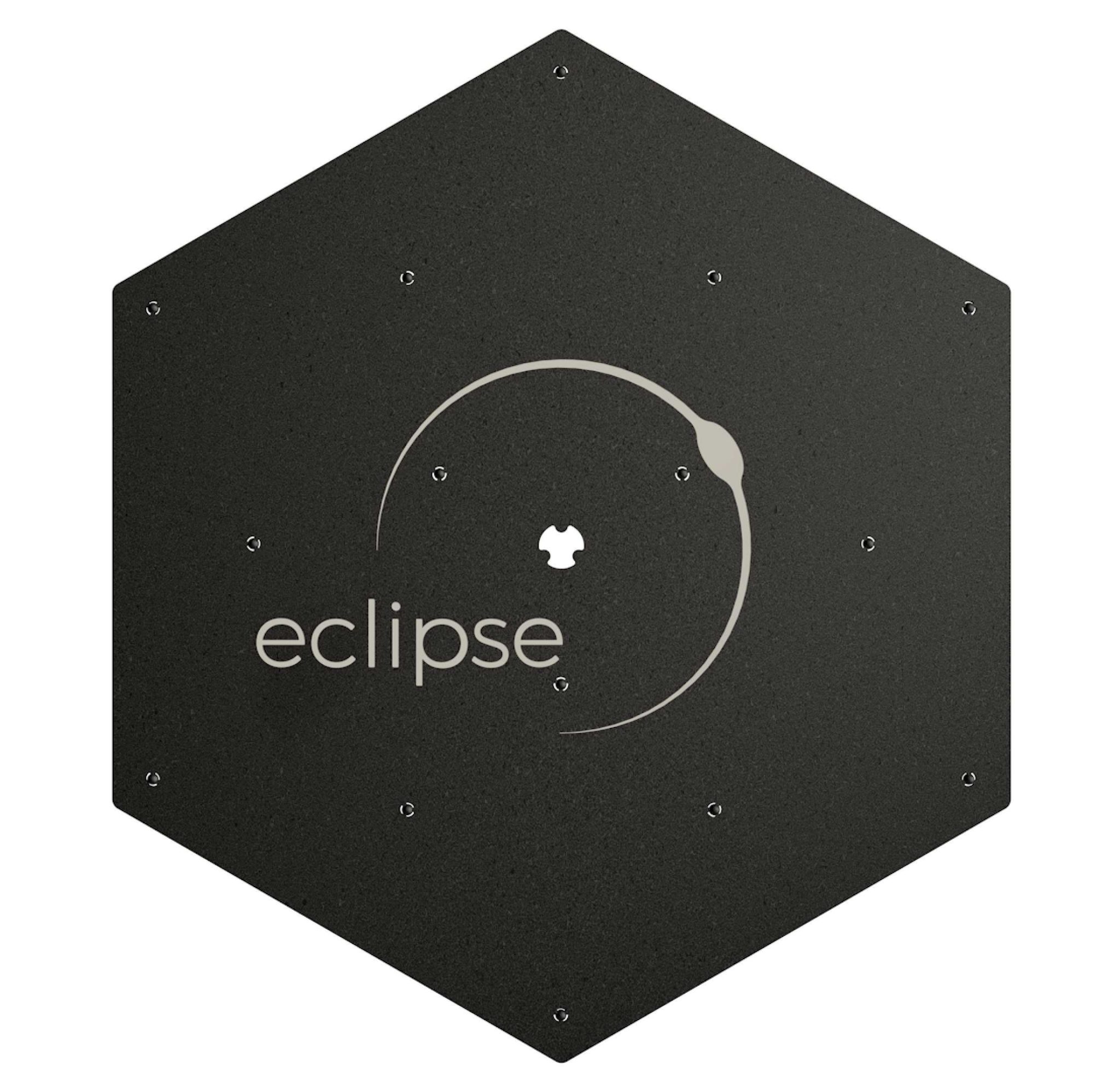
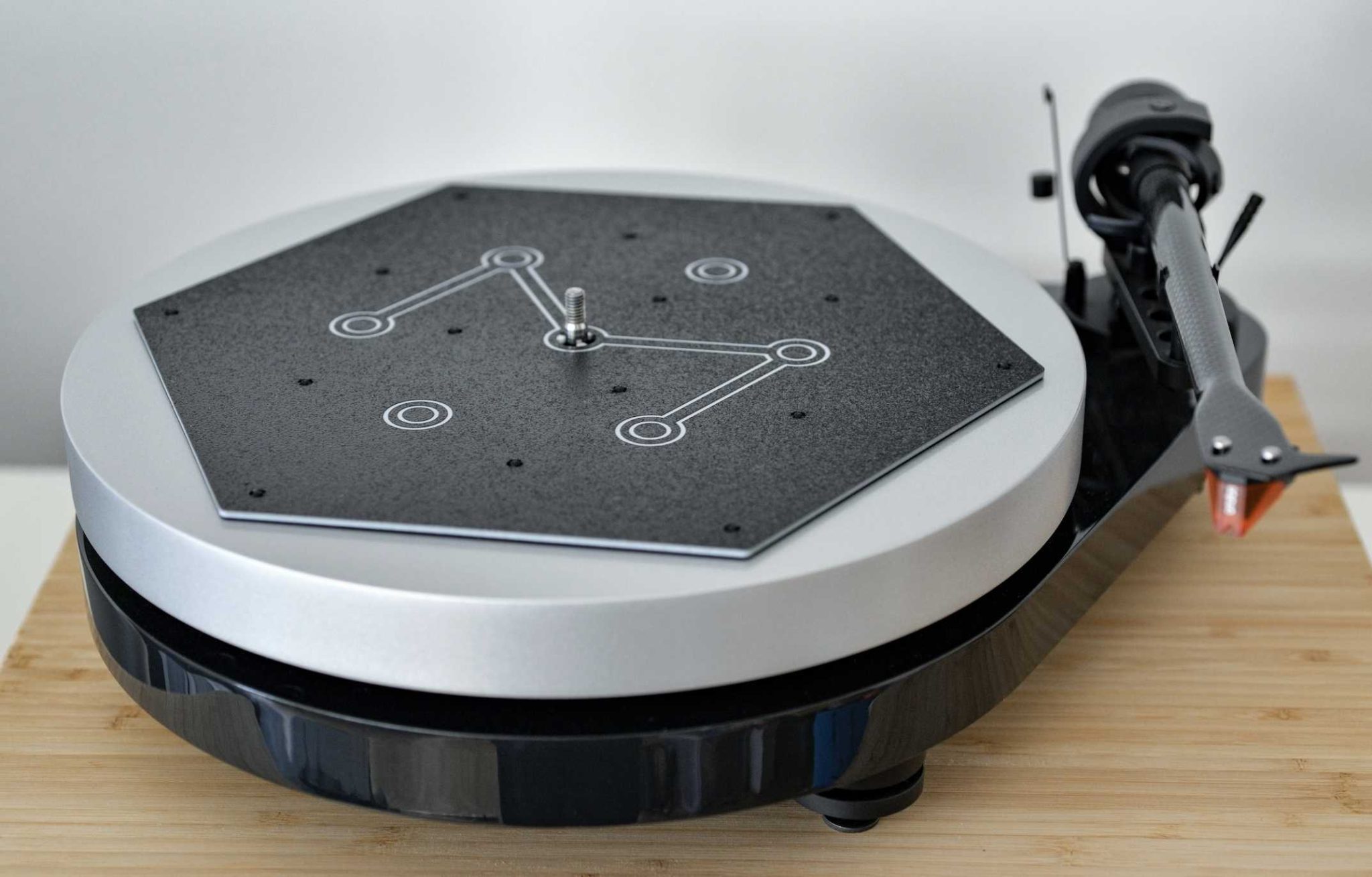

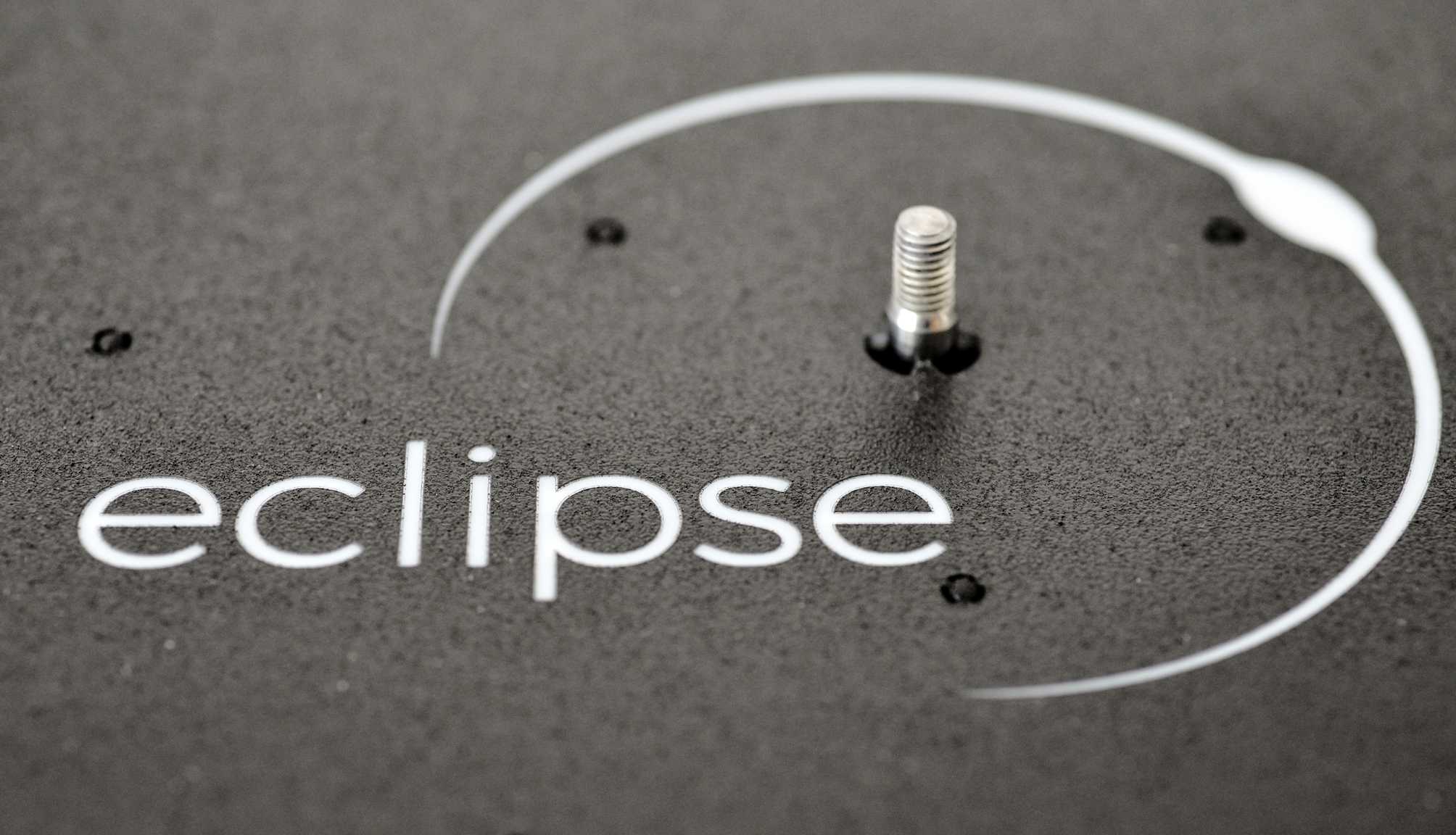
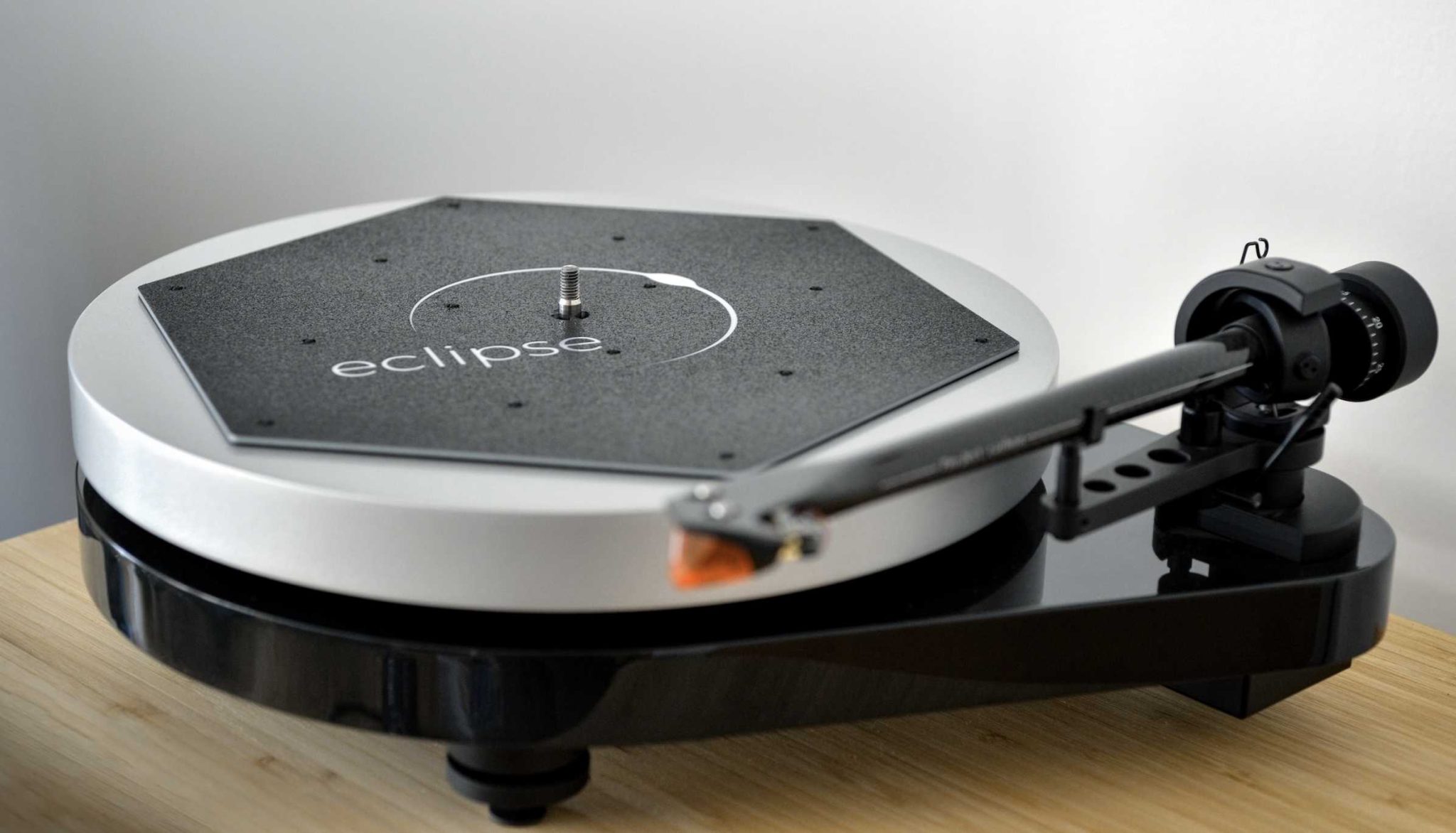
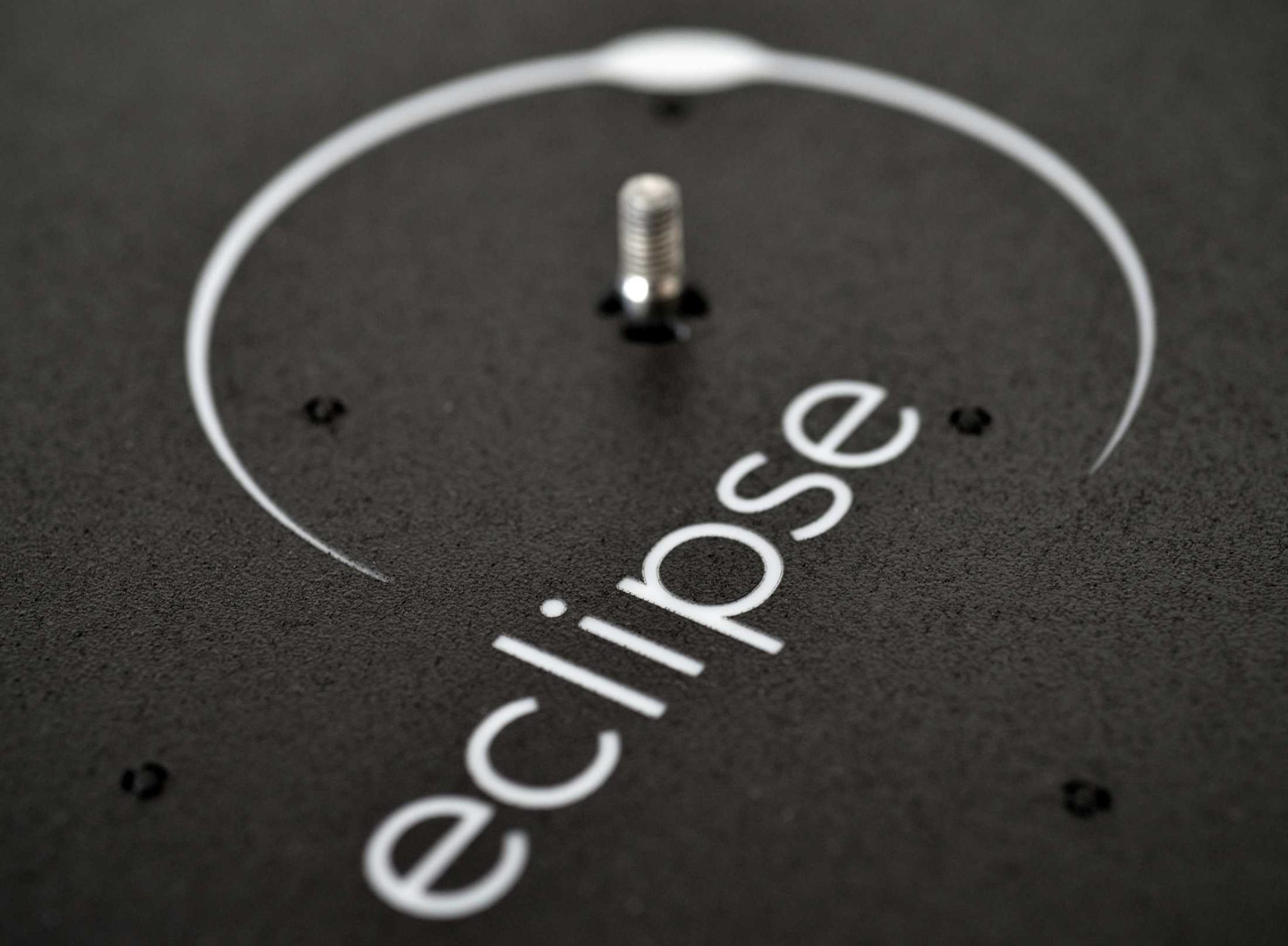
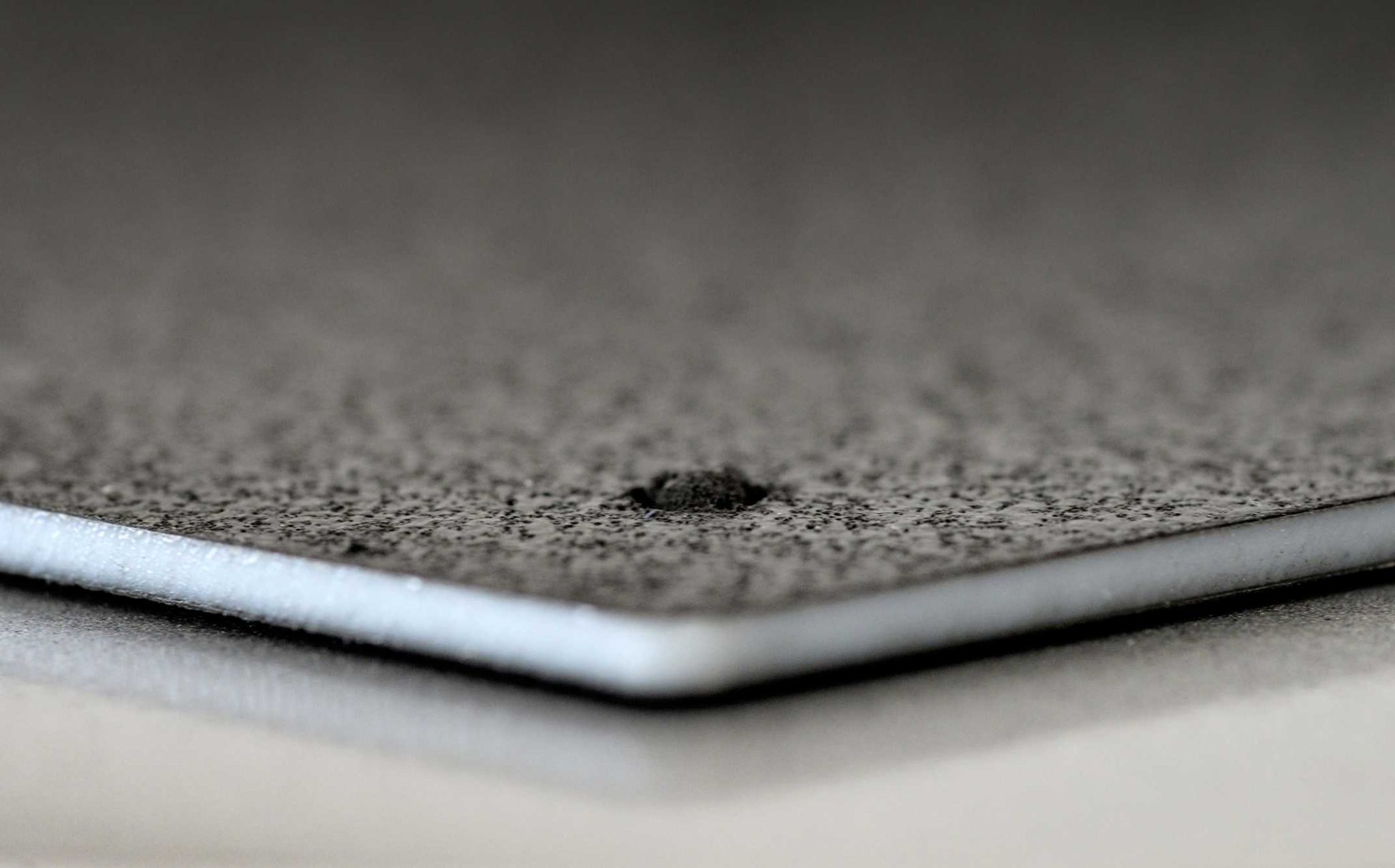
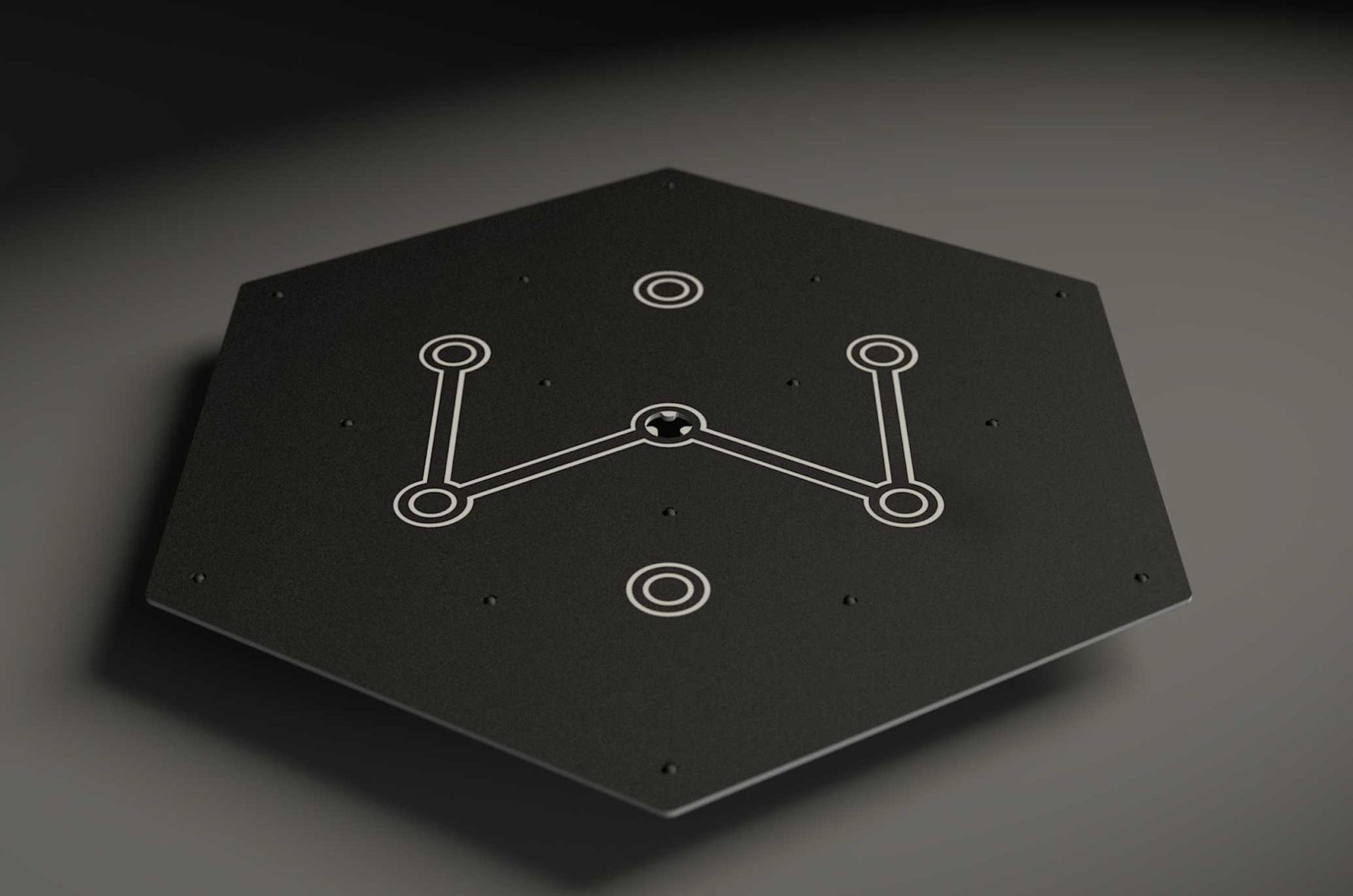



Good question. What about the benefit of a Hexmat on a vintage Lenco 76/S compared to the Soundeck?
I’ve never tested that mat on a Lenco – it would have taken me years to run through every turntable to find specific sonic results 🙂 The sonic differences are generally the same though re. the Hexmat vs Soundeck. I would expect the Lenco to work well.
I wonder of the Soundeck is as good as the Hexmat on a already heavy platter. I’v planned a short trip to the UK, sailing from Ymuiden to Newcastle then to Southport. So I might visit Les and Kate for a platter in Newcastle if that one is an upgrade over a leather/telt sandwich mat on my idler wheel TT .
Hi Paul,
Thanks to your reviews I got my Soundeck PM. Because of the VTA I asked Les for an 2 mm and luckily He had a demo of 2.2mm left for me. He passed it me personally at North Shields Arconia house last tuesday. It is definitely an improvement over my felt/leather sandwich, especially the focus in the mids and lowers, a little more soundbox in the instruments and voices, easier musically to follow. I little struggle with the highs, unexpected high ssshhhh by Nick Cave (On Idiot Prayer running towards the spindle). My experience that 1mm leather under the Soundeck will be a help in turning that down. So upon my Lenco 76 Aloy Zinc platter I put the suede and upon that the Soundeck. Happy listening now.
Hi Paul,
Have you tried the Hexmat with a record clamp (say the VPI screwed on clamp) Just wondering. Thanks,
Gil
Hi Gil – I find it works best with the Origin Live Gravity. As for others like the VPI? It largely depends more on the turntable as opposed to the mat so if it works ok on the turntable you should be fine with the mat too.
Just wondered about less than perfect vinyl, any warping will surely lose a few contact points, does this have any effect?
Not that it makes much difference, no.